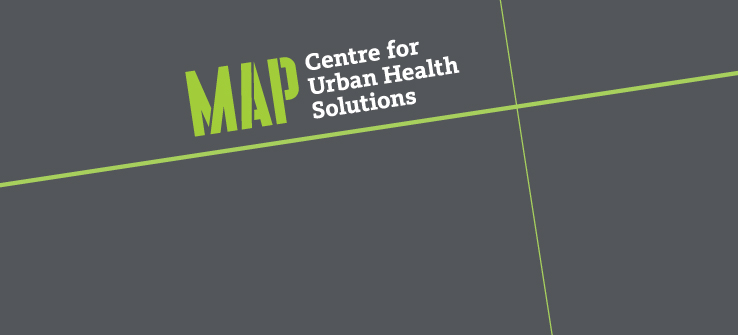Op-ed in The Globe and Mail by Sharmistha Mishra, Tania Bubela, and Sharon Strauss
Scientific reviews detail “what” happened and “why”. What worked and what didn’t; how can we repeat successes and avoid, or at least mitigate, failures?
In reviewing the ‘what’ and the ‘why’ of the COVID-19 pandemic response, researchers use rigorous methods to tease apart the policies and intervention strategies that worked, how they worked, and for whom. The approach is analogous to understanding a medication. What’s the right dose and formulation? What populations does it work in? What are the potential side effects? When should it be replaced by a new, better medication?
We need to ask the same questions about how the epidemic was managed and how we did or did not use evidence in making decisions. What type of evidence informed decisions about policies, programs, and the allocation of resources? Why did it take so long to do research to collect evidence on health inequities and the social determinants of health? We know that the burden of the pandemic was not equally felt across communities. Why, then, was that evidence not used to provide science advice and inform policies, and services?
We argue that part of the problem was the types of research and insights that were privileged over others, and the voices that were excluded from advisory or decision-making tables. Saying that equity was at the core of an advisory group, report, or recommendations did not make it so. In reality, the tables and the evidence considered mirrored existing structural inequities in science, scholarship and decision-making. Questioning why means looking deeper than a word search for “equity” or “diversity”.

